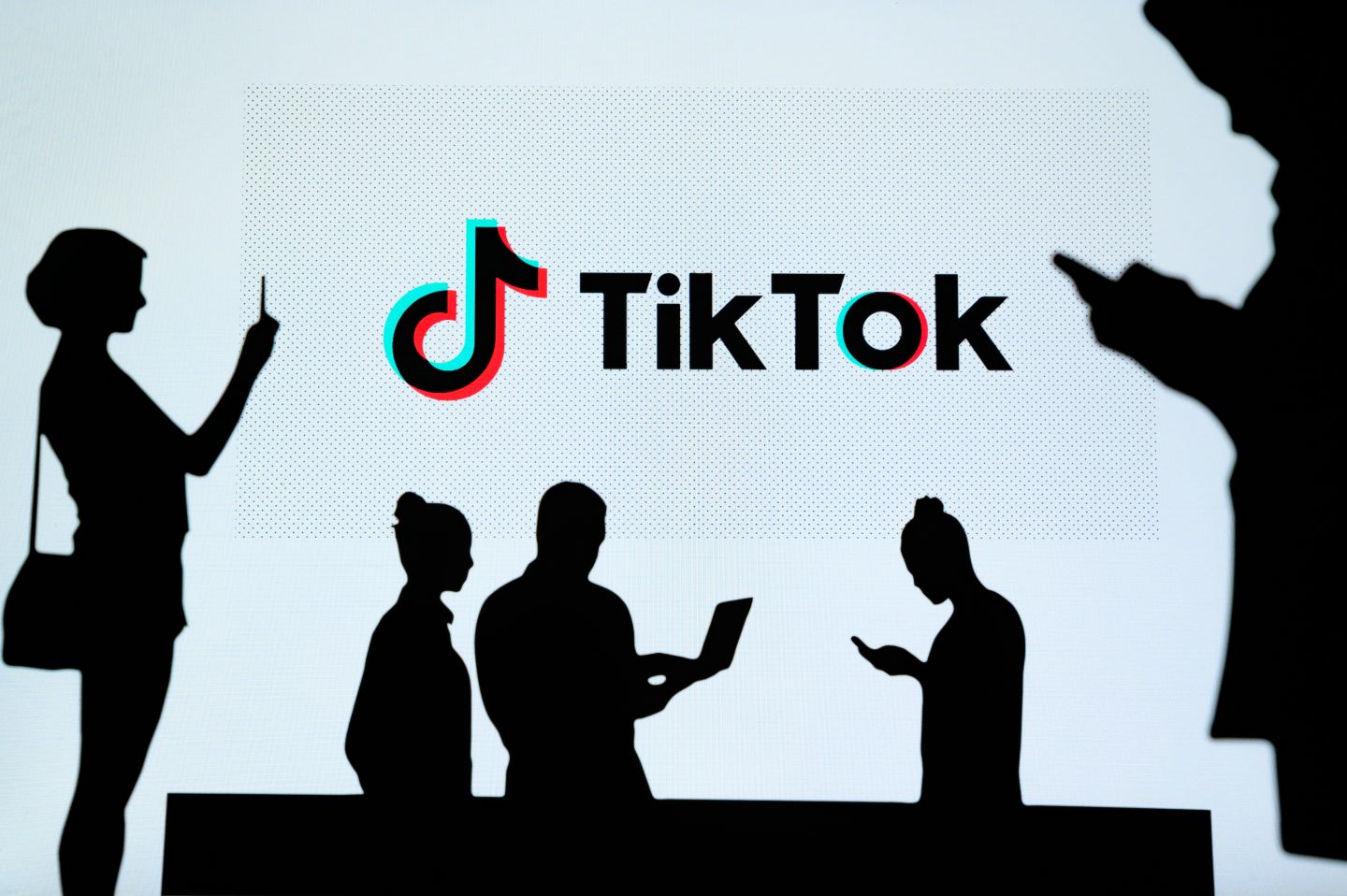
In March 2024, the US House of Representatives passed a bill that would ban TikTok in the United States if ByteDance—the Chinese company that owns the popular social media platform—refused to sell it. Concerns around the collection of user data were the driving force behind this move, but the US may benefit in other ways if the ban were to go ahead.
TikTok is not the only social media platform collecting user data
TikTok is known to collect various pieces of information from its users, ranging from personal details such as location and age to information on search history and how they engage with different content. However, this does not in itself distinguish TikTok from other social media platforms. X (formerly Twitter), Instagram, Facebook, and Snapchat—all American-owned—are equally guilty of collecting sensitive information. Instagram purportedly shares almost 80% of user data with third parties, while Facebook shares 57%.
The difference of course lies in the fact that, according to Chinese law, the Chinese Communist Party may access all of the information collected by TikTok and ByteDance. Although Meta may not be entirely benign or well-intentioned, it is almost undoubtedly less dangerous to US citizens than an increasingly hostile Chinese government. Ultimately, the scope of this legislation should broaden to encompass all social media companies collecting user data, including those that are US-owned. But to start with, it seems more pressing to deal with the immediate danger.
Tackling the spread of misinformation and divisive content
Aside from a lack of data privacy, there may be other benefits to banning the use of TikTok in the US. The platform is rife with mis-and-dis-information, and certain figures that preach divisive and hateful ideas, such as the controversial Andrew Tate, can use it to build large bases of followers. These loyal fanbases routinely mistake their favourite content creators’ popularity for expertise, and the overuse of algorithmic technology has led to the formation of ‘echo chambers’, where users are inundated with homogenous content, no matter how polarizing or misleading it may be.
TikTok’s short video format—where videos cannot exceed three minutes and most are not even 45 seconds long—means that the app facilitates the spread of misinformation more easily than other social media platforms. The brief nature of its content means that consumers are often not provided with context or any form of nuanced discussion. A study completed in 2022 supports this through its conclusion that roughly one in five TikTok videos contained misinformation.
Furthermore, the highly visual nature of TikTok content fuels the spread of misleading and manipulative information through its ability to elicit emotional responses. Attention-grabbing visuals and soundbites coupled with hyperbolic language act as emotional triggers, drawing a more visceral response from a user who is manipulated in a way that leads them to avoid critical thinking.
How well do you really know your competitors?
Access the most comprehensive Company Profiles on the market, powered by GlobalData. Save hours of research. Gain competitive edge.

Thank you!
Your download email will arrive shortly
Not ready to buy yet? Download a free sample
We are confident about the unique quality of our Company Profiles. However, we want you to make the most beneficial decision for your business, so we offer a free sample that you can download by submitting the below form
By GlobalDataWhat happened to our attention span?
Another negative side-effect of the short video format is the way it plays on our desire for instant gratification, leading millions of users to become addicted to mindlessly scrolling through seemingly low-stakes content on the platform. Longer media forms make the idea of stopping watching an easier decision, to the point where the search for something interesting is abandoned altogether. The developers at TikTok struck gold with the realisation that to keep users obsessed and unable to put their phones down, they only need to be offered short content that, on the surface, requires minimal time investment. For example, micro-dosing on TikTok for an hour and a half feels like less procrastination than watching an entire film, due to the pretence that the user can simply opt-out at any time and put their phone down. The ease with which ‘just one more’ short clip becomes a hundred more, due to the idea that the next one could be rewarding even if the last ten haven’t been, keeps us glued to our phones and has begun to actively alter our brain functions. This effect of short-form media on our cognitive function and attention span has begun to be recognised as ‘TikTok Brain’, and is something that is actively affecting an entire generation’s ability to retain focus. The growing workplace conflict between members of Generation Z and baby boomer employees can at least partially be attributed to the effects of social media (and largely TikTok) on the former’s ability to concentrate and work hard.



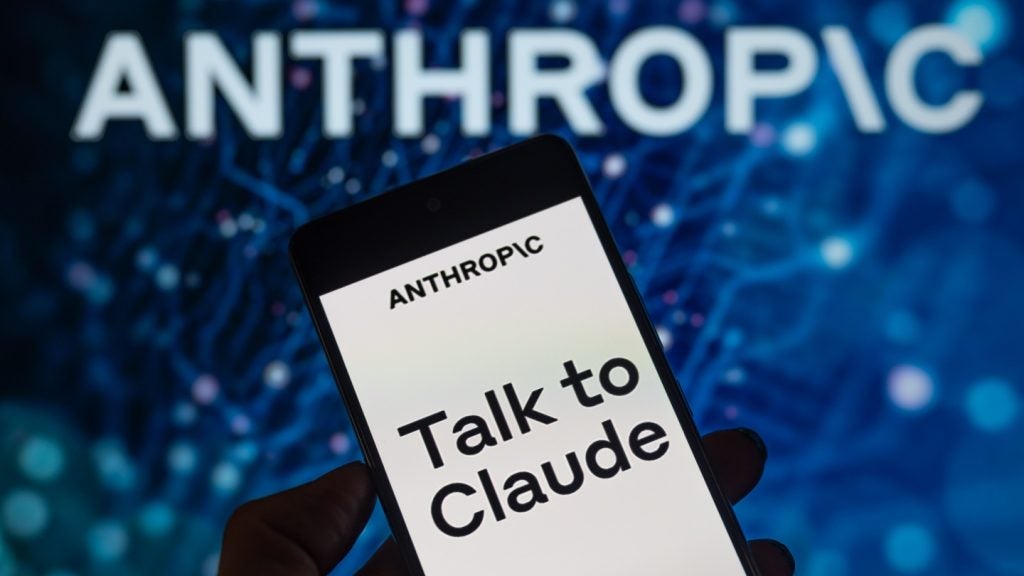
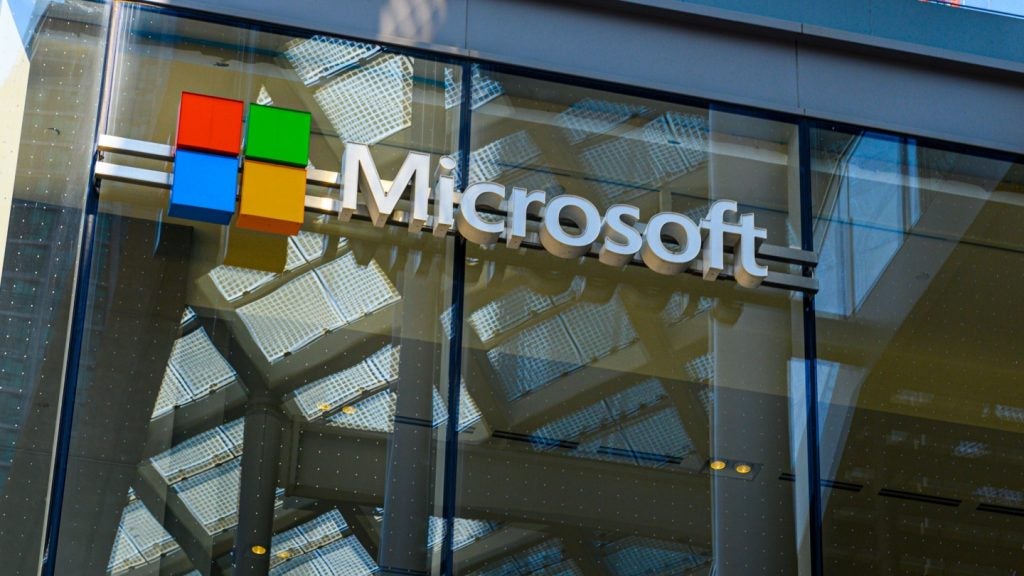
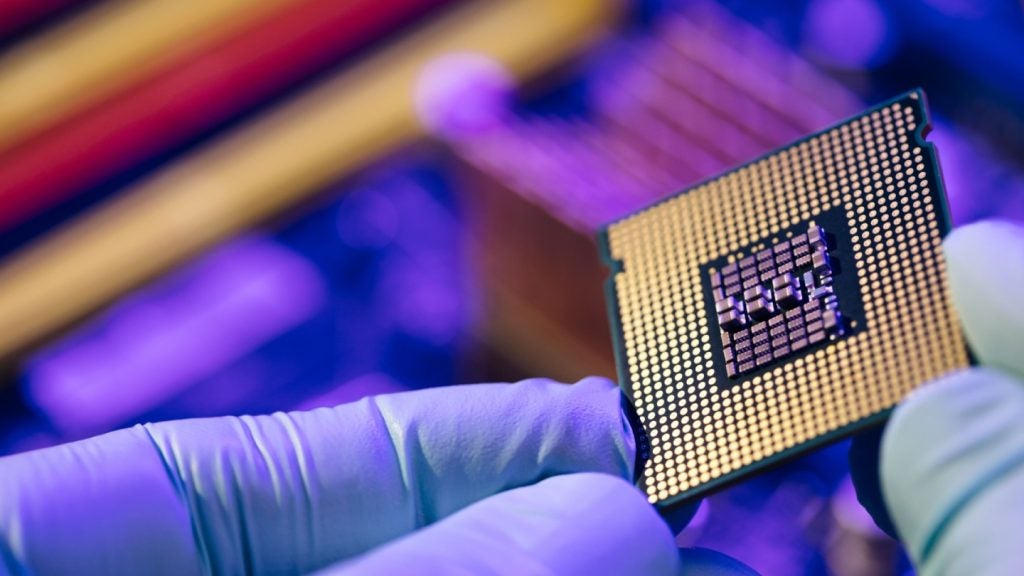
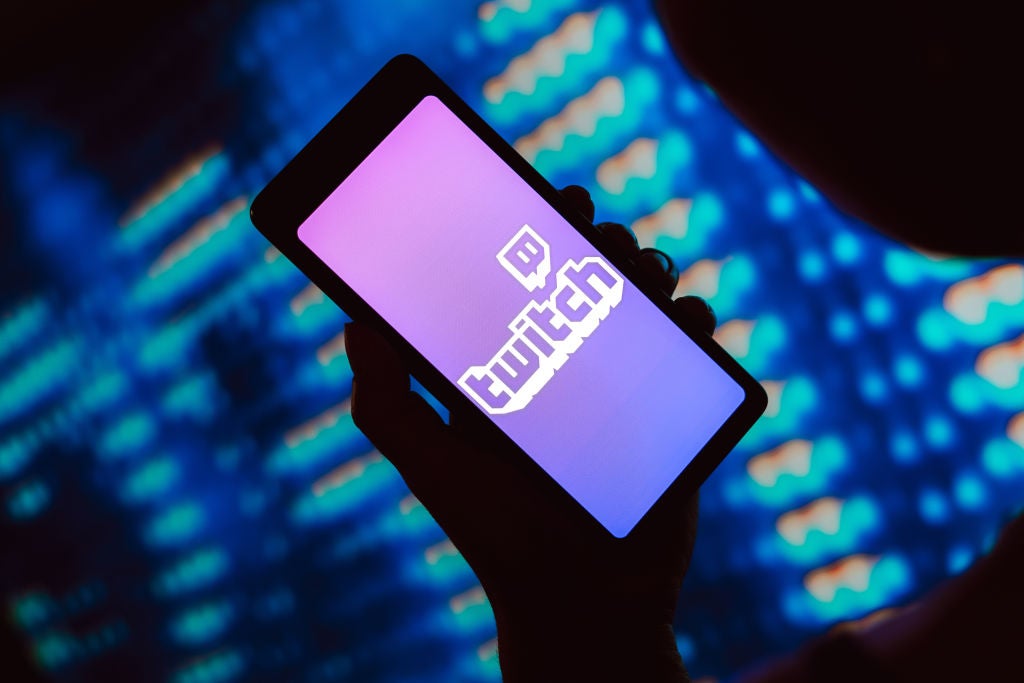

Related Company Profiles
TikTok
Beijing ByteDance Technology Co Ltd
Meta Platforms Inc